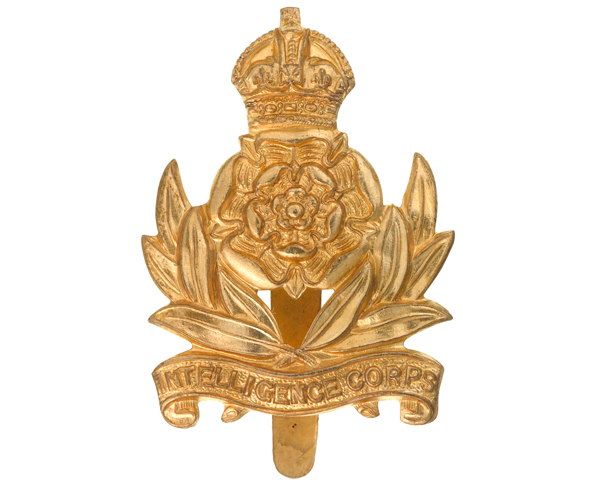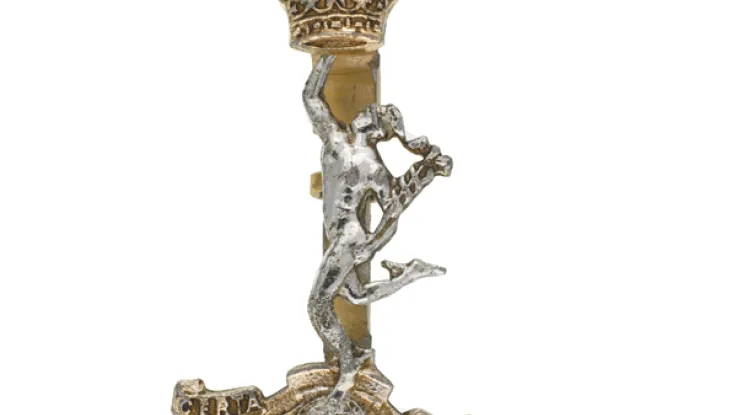Origins
For most of the 19th century, the British Army gathered intelligence on a campaign-by-campaign basis. This was usually undertaken by the Intelligence Department of the War Office.
In 1909, the Intelligence Department's work was bolstered by the creation of the Directorate of Military Intelligence Section 5 (MI5) and the Secret Service Bureau (MI6). But the establishment of a unit tasked with purely military matters and field intelligence had to wait until the outbreak of the First World War (1914-18).
Early years
To begin with, around 50 men were recruited into the Intelligence Corps. These came not only from within the Army, but also from the Metropolitan Police and civilian life. At first, the unit was officer-only. As a cover story, the officers' batmen were nominally enlisted in the 10th (Service) Battalion, The Royal Fusiliers.
The corps not only gathered and analysed intelligence through mapping, prisoner interrogation, aerial photography and wireless and telephone tapping, but also took counter-intelligence steps against suspected enemy agents.
One of its early commanders was Archibald Wavell, who went on to become a field marshal. Another of its officers was John Buchan, the author of the spy novel 'The 39 Steps'.
After the First World War, members of the corps took part in undercover operations against Republicans during the Irish War of Independence (1919-21). But, in 1929, the unit was disbanded.
Second World War
On the outbreak of the Second World War (1939-45), 31 Field Security Sections were raised to accompany the British Expeditionary Force in an intelligence role. However, the Intelligence Corps was only revived as a full unit in July 1940, by turning the Field Security Wing of the Military Police into an independent formation.
All the duties of the original unit were revived, along with signals traffic analysis and an airborne section. Members of the new corps were also involved in the Special Operations Executive, breaking the Enigma code at Bletchley Park and setting up the Special Air Service and the Long Range Desert Group.
Quiz
Which of the following is the motto of the Intelligence Corps?
The Latin motto of the Intelligence Corps is 'Manui Dat Cognitio Vires'. This translates as 'Knowledge Gives Strength to the Arm'.
Post-1945
The corps continued to play an important role during the Cold War (1945-89). Many of its members were also posted behind the Iron Curtain in East Germany, to join in the intelligence-gathering activities of the British Commanders'-in-Chief Mission to the Soviet Forces in Germany (Brixmis).
From 1957, officers were commissioned directly into the corps, rather than transferring from other units. It was promoted from a support arm to a combat arm in 1985.
The corps now has three regular and two territorial battalions. Its personnel are engaged in a range of activities including analysing human intelligence, signals and image intelligence, electronic warfare, counter-intelligence, field security, carrying out interrogations and dealing with cyber threats.
Members of the corps have taken part in most of the Army's deployments since 1945, including the recent conflicts in Afghanistan (2001-14) and Iraq (2003-11)
Regimental museums
The National Army Museum works with a network of Regimental and Corps Museums across the UK to help preserve and share the history and traditions of the Army and its soldiers.
Discover more about the Intelligence Corps by visiting The Military Intelligence Museum in Chicksands.












